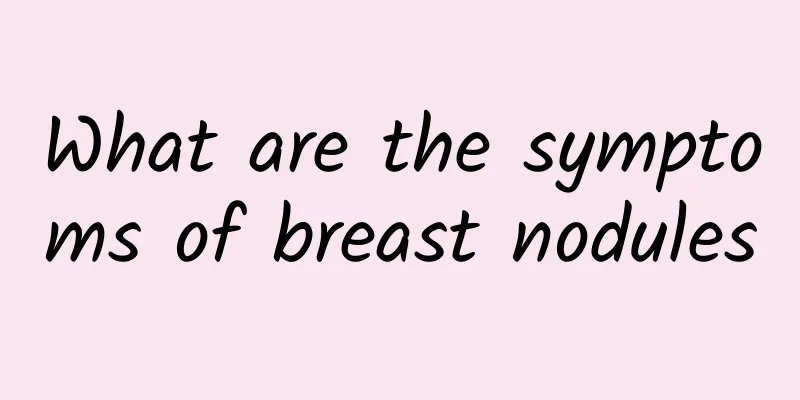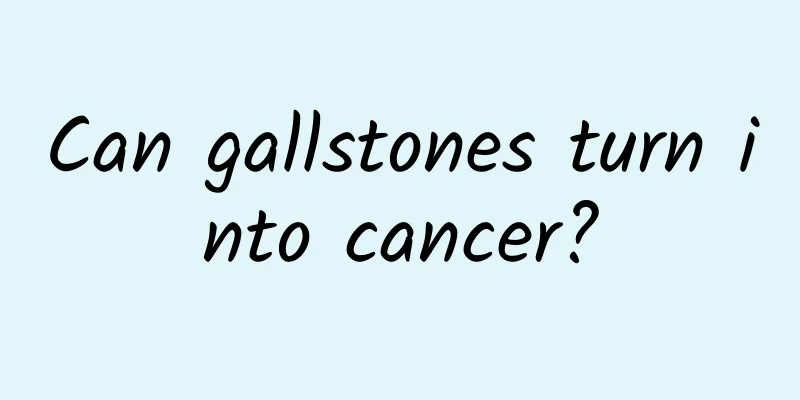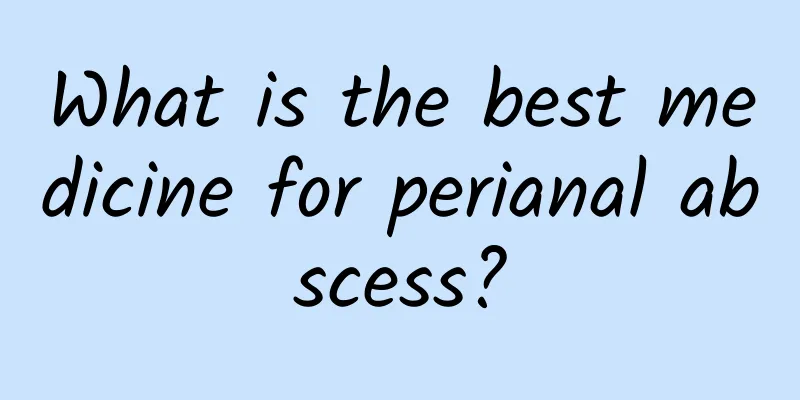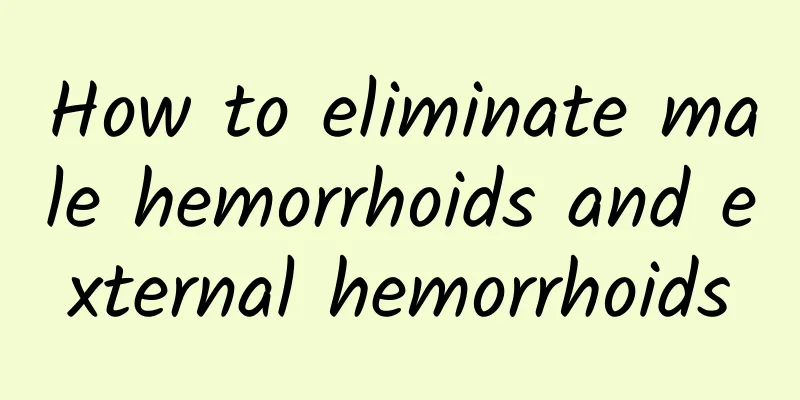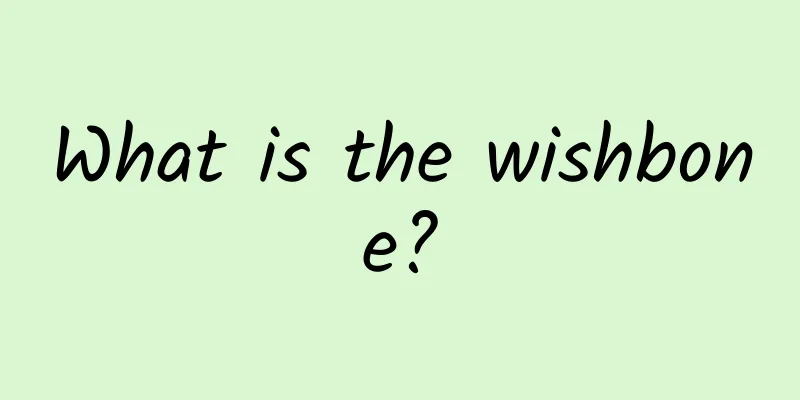What virus causes costochondritis?

|
Costochondritis is not caused by a viral infection, but is a non-specific inflammation that is often associated with chest wall overstrain, trauma, or other inflammatory diseases. Usually, it is a non-infectious inflammation, but in rare cases, infectious pathogens may be indirectly involved in the onset of the disease. The following is an analysis of possible causes and coping methods. 1 Non-infectious causes Costochondritis is mainly caused by mechanical stimulation of the chest, such as repeated severe coughing, external impact on the chest, or excessive exercise, which can cause inflammation at the junction of the costal cartilage and the ribs. Inflammatory diseases such as ankylosing spondylitis and rheumatoid arthritis may induce costochondritis. In this case, patients need to reduce excessive strain on the chest wall, such as avoiding frequent lifting of heavy objects or exercises that increase chest pressure. For patients with inflammatory diseases, it is recommended to use non-steroidal anti-inflammatory drugs such as ibuprofen and diclofenac under the guidance of a doctor to relieve pain and inflammation. 2Possible involvement of pathogens Although costochondritis is usually noninfectious, in rare cases, bacterial or fungal infections may be the cause, especially in patients with weakened immune systems or those who have undergone chest surgery. For example, Staphylococcus aureus may be transmitted to the costal cartilage through the blood or other infected sites, causing infectious costochondritis. For patients with infectious causes, most require treatment with antibiotics such as penicillins and cephalosporins, combined with antifungal drugs when necessary. If symptoms are severe, surgical debridement may be required to remove the infected tissue. 3 Environmental and lifestyle factors Long-term exposure to cold or humid air in the work or living environment may also indirectly cause damage to the chest wall muscle tissue and cartilage, increasing the risk of costochondritis. Correcting these lifestyle factors is critical. Patients can improve chest wall flexibility by adhering to moderate chest stretching exercises such as yoga and deep breathing exercises, while keeping warm, especially in cold seasons or in air-conditioned rooms. Generally speaking, most cases of costochondritis can be relieved after rest and anti-inflammatory treatment. If symptoms persist for more than 6 weeks, or if there are obvious signs of infection such as redness, swelling, and fever, you should seek medical attention in time and undergo further examinations such as X-rays and MRI to confirm the diagnosis. Regardless of the cause, timely identification and treatment of costochondritis is the key to avoiding complications. |
<<: Specific causes of cervical spondylosis
>>: There are several types of hemorrhoids
Recommend
How to recover from perianal abscess the fastest
Perianal abscess is a common anal disease that us...
Symptoms of non-lactation mastitis recovery
The recovery symptoms of non-lactation mastitis u...
Dietary taboos after anal abscess surgery
Dietary conditioning after anal abscess surgery i...
Treatment principles and methods of intestinal obstruction
The principle of treating intestinal obstruction ...
Are Type II breast cysts serious?
Category II breast cysts are generally not seriou...
What to check for gallstones
After discovering gallstones, it is recommended t...
Why do we have gallstones?
The formation of gallstones is usually closely re...
How long does it take for a knee cartilage fracture to heal?
Recovery time for a knee cartilage fracture is us...
What to do if you have hydronephrosis and kidney stones
How should we treat kidney stones with hydronephr...
What is the cause of cervical spondylosis?
What are the causes of cervical spondylosis? Cerv...
The fastest way to eliminate liver cysts
Liver cysts are usually benign and do not cause o...
The best way to treat cholecystitis
The best ways to treat cholecystitis include medi...
What causes bone spurs on the body?
The main reason for bone spurs on the body is bon...
Gallstones can cause stomach pain
Gallstones can indeed cause stomach pain. The mai...
What to do if direct bilirubin is high
High direct bilirubin may be a question many peop...
